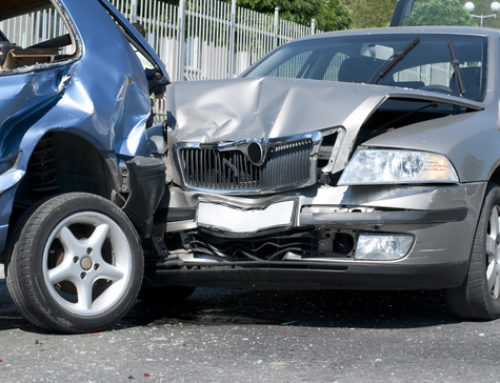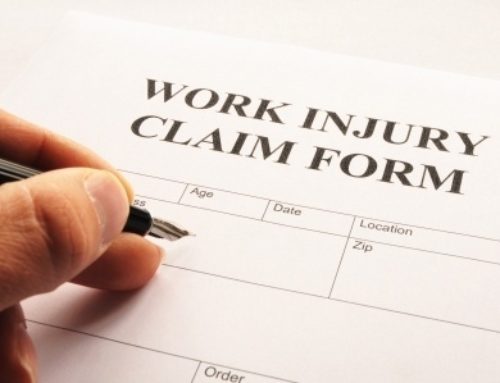Many new clients come to us believing they have an automobile accident claim or a workers’ compensation claim, when in reality they might have both. In fact, for any accident, whether a car accident, slip-and-fall, or other case, the injured victim may have two claims if the injury is sustained while on-the-job.
Workers’ Compensation Claim
The beauty of a workers’ compensation case is that negligence is not a factor. Whether the accident is the employer’s fault, the employee’s fault, a third-party’s fault, or no one’s fault, the injured worker is entitled to benefits. These benefits may include payment of a portion of lost wages, medical expenses, prescription costs, vocational rehabilitation, and an award for permanent injury.
Liability Claim
The accident may give rise to a claim against another person or business. For example, in a Maryland automobile collision, the injured worker would be able to file a lawsuit against the negligent driver. The negligent driver would have the opportunity to defend the claim by arguing that he was not negligent, or that the injured worker was also negligent. If successful, the injured worker can recover full lost wages, medical expenses, prescription costs, future medical treatment, and non-economic damages (including pain, suffering, inconvenience and disfigurement, etc…).
Interaction Between The Two Claims
The interaction between the two claims can sometimes be tricky. It is important to know how injured workers’ should maximize their overall recovery. In auto accident cases, the worker is typically advised to exhaust personal injury protection (PIP) [LINK: Personal Injury Protection] coverage before filing for workers’ compensation benefits—that payment will reduce the ultimate workers’ compensation lien. A lien is simply a legal claim on someone else’s property, that permits the holder of the claim, or lien, to retain or sell the property of another as security for a debt. The advantage here is that the auto insurer cannot get at the recovery from the negligent driver to reimburse PIP payments made. It can sometimes be difficult to get PIP payments after workers’ compensation insurance starts paying for lost wages and medical expenses. PIP usually amounts to somewhere between $2,500 and $10,000.
The workers’ compensation insurer will have a lien on the liability recovery. What this means is that the workers’ compensation insurer is entitled to some of the money received by the worker from the negligent driver. The rationale is that the employer and the employer’s insurer were not at fault for the accident, so they should ultimately be paid back if there is a recovery from a negligent person or business.
Your lawyer will work with the workers’ compensation insurer to keep that lien as low as possible, which will maximize your recovery. In some cases, the attorney can use the filing of a lawsuit against the negligent driver as leverage, arguing that if the workers’ compensation insurer does not reduce their lien, there is no incentive to file a lawsuit or negotiate an auto accident settlement. The workers’ compensation insurer is usually happier getting some compensation, even if it doesn’t pay all of their expenditures.
Contact Us
If you have questions about how best to proceed in an auto accident you had while working for your employer, contact our workers’ compensation lawyers and auto accident lawyers at 1-800-776-4529, or send us some information about your case through our online portal.
More Maryland Workers’ Compensation Information
- Maryland Workers’ Compensation Law 101
- Am I Covered By Workers’ Compensation? Employees Versus Independent Contractors
- Maryland Workers’ Compensation Commission
- Ingerman & Horwitz: Main Workers’ Compensation Webpage












